Bringing a rescue dog into your home is a heartwarming decision that requires patience, understanding, and commitment. Adjusting to a new environment can be overwhelming for a dog that may have faced challenges in the past.
These tips will guide you in helping your furry friend feel safe, loved, and comfortable in their new surroundings. By implementing these strategies, you can foster a strong bond and ensure a smooth transition for your rescue dog.
1. Create A Safe Space

When welcoming a rescue dog into your home, it’s crucial to provide them with a designated safe space. This area should be a quiet corner where they can retreat when feeling overwhelmed. Consider setting up a soft dog bed, a few toys, and a comfortable blanket in this spot.
Allow the dog to explore this safe haven at their own pace, ensuring it’s away from heavy foot traffic and loud noises. Slowly introduce them to other parts of the house from this starting point. This space acts as their sanctuary, offering comfort and a sense of ownership.
Remember, it’s important not to disturb them when they’re in their zone, as this will help build trust and confidence in their new environment.
2. Establish A Routine
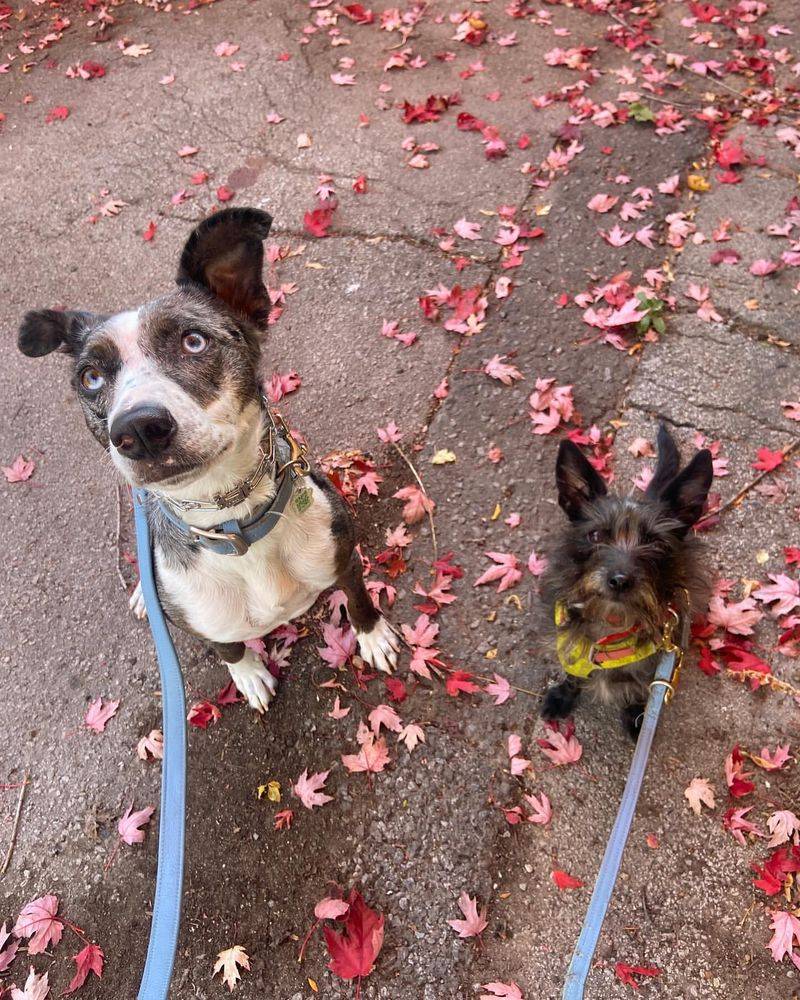
Dogs thrive on routine, and establishing a consistent schedule is vital for helping a rescue dog adjust. Start by setting regular times for feeding, walks, playtime, and rest. This predictability helps reduce anxiety and provides them with a sense of security.
In the beginning, stick to the routine as closely as possible. Over time, your rescue dog will learn to anticipate daily activities, which can ease their transition into a new environment. Remember to be patient, as it may take a few weeks for them to fully adapt.
Consistency is key, and soon your dog will feel more relaxed and at home in their new setting.
3. Patiently Introduce New People
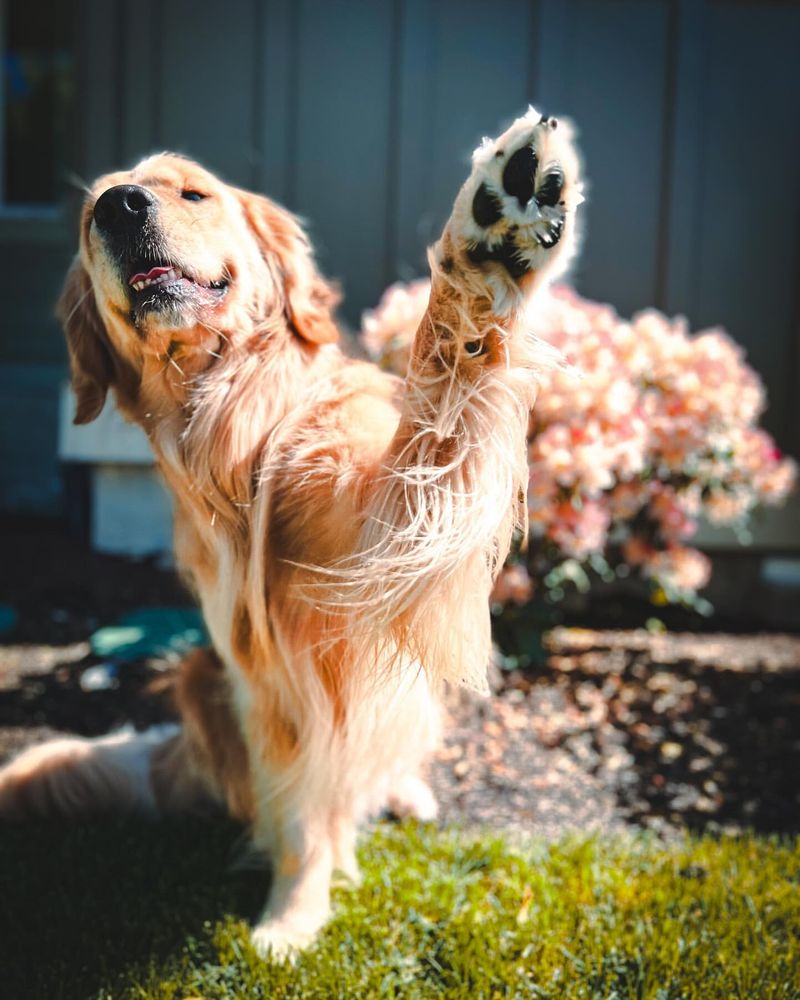
Introducing new people to your rescue dog should be done gradually and thoughtfully. Start by allowing the dog to observe visitors from a distance, ensuring they feel safe and not pressured to interact. Encourage guests to remain calm and avoid sudden movements or loud noises.
Offering a treat can be a positive way to build trust, but let the dog approach at their own pace. With time and patience, the dog will become more comfortable around new faces.
Positive experiences with different people will enhance their social confidence and help them adapt to a variety of social situations.
4. Use Positive Reinforcement
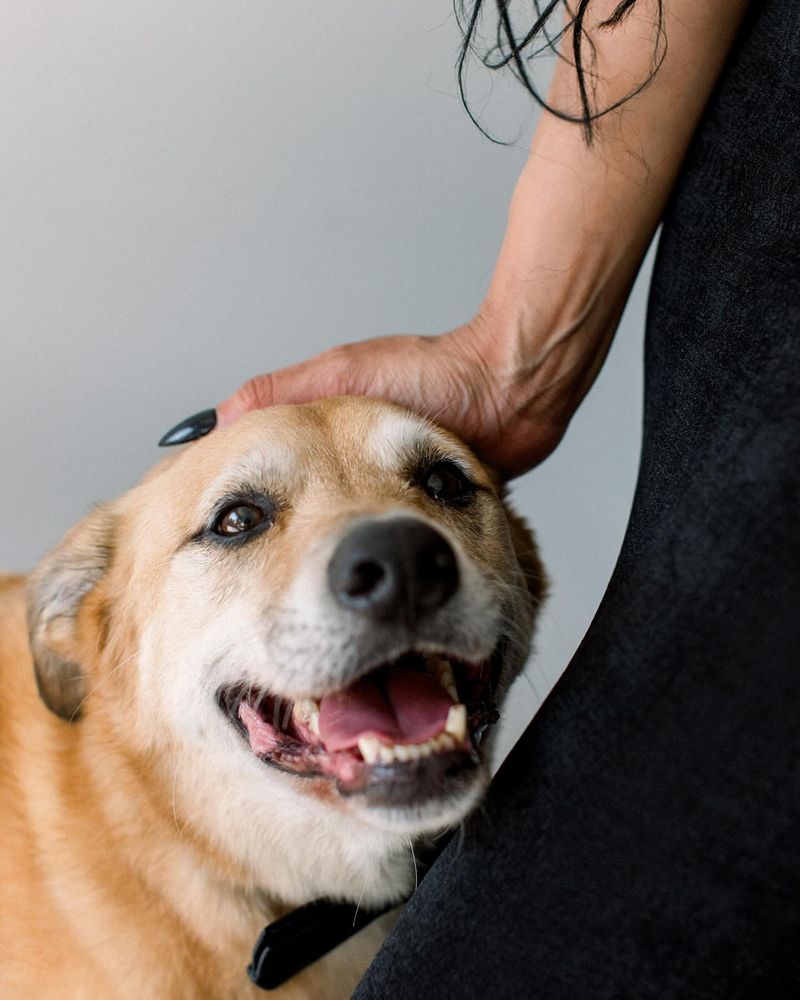
Positive reinforcement is a powerful tool in helping a rescue dog adjust to new surroundings and behaviors. Use treats, praise, and affection to reward good behavior and reinforce a sense of security and belonging. Start with simple commands, rewarding them immediately when they respond correctly. This approach builds their trust and encourages them to continue learning.
Avoid punitive measures, as they can increase anxiety and hinder progress. Consistent positive reinforcement fosters a bond between you and your dog, making them feel valued and respected.
With time, your dog will gain confidence and become more comfortable in their new home.
5. Monitor Body Language
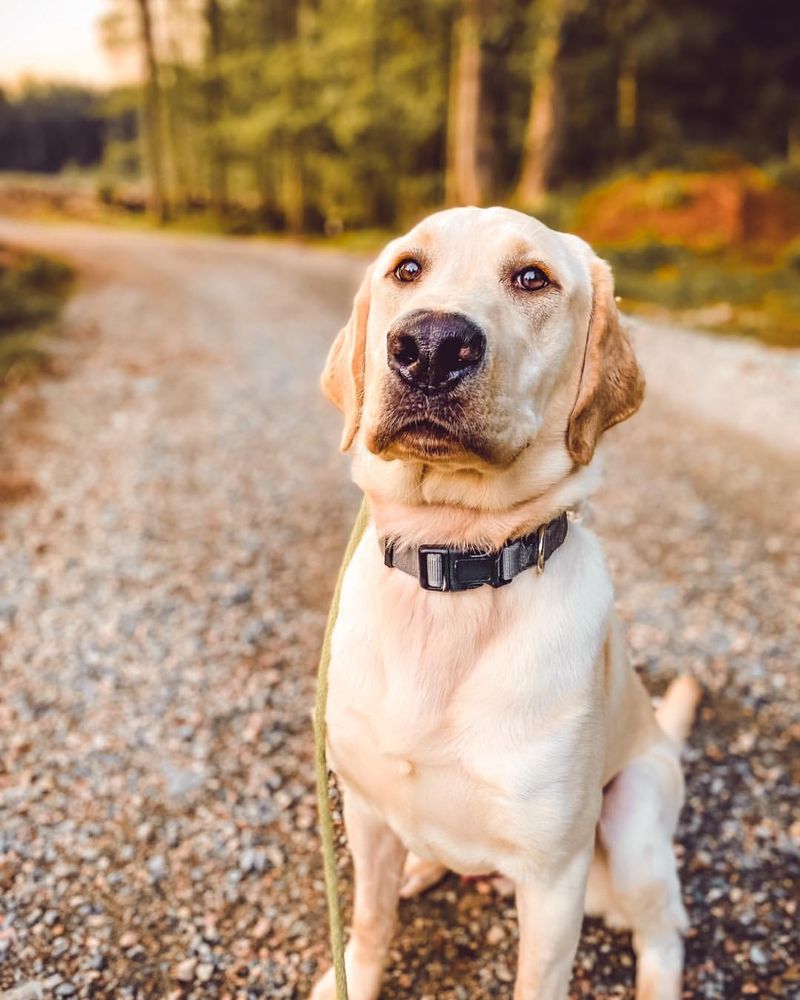
Pay attention to your rescue dog’s body language to understand their emotions and comfort level. Signs like wagging tails, relaxed ears, and soft eyes indicate a happy and comfortable dog. In contrast, a tucked tail, pinned-back ears, or avoiding eye contact may signal fear or anxiety. By observing these cues, you can adjust your approach to make the dog feel more at ease.
For instance, if you notice signs of stress, give them space to retreat and relax. Being attentive to their body language helps you build trust and create a supportive environment for your new furry friend.
This awareness leads to a stronger bond and a more harmonious relationship.
6. Gradually Introduce New Experiences
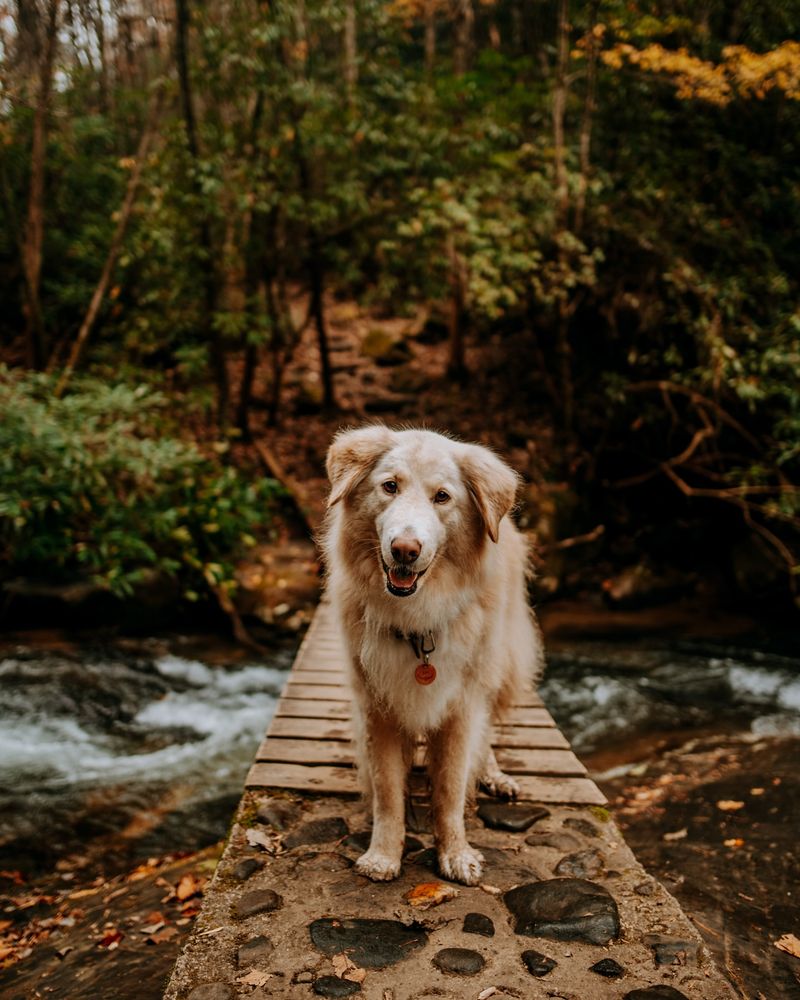
Helping a rescue dog adjust involves gradually introducing them to new experiences. Start with short, calm outings to familiar places, slowly increasing the time spent in busier environments. This method allows the dog to acclimate without feeling overwhelmed.
Avoid rushing them into activities that may cause stress, such as crowded parks or noisy streets. Instead, build their confidence by introducing new experiences at a comfortable pace. Celebrate small victories and provide reassurance along the way.
With patience and gradual exposure, your rescue dog will become more adaptable and confident in various settings, enhancing their overall well-being.
7. Provide Consistent Training
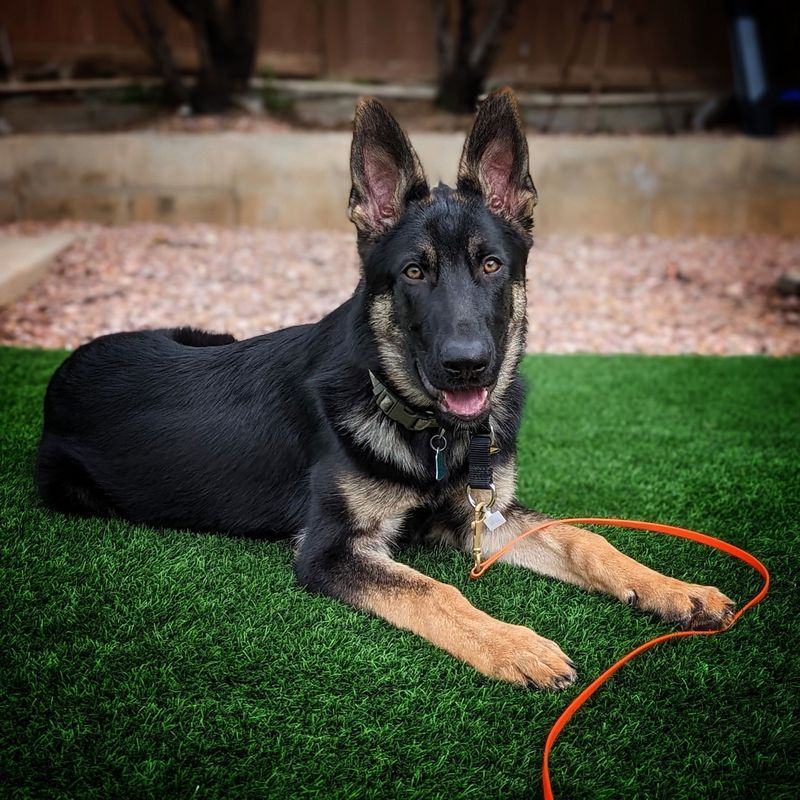
Consistent training is essential in helping a rescue dog adapt to their new environment. Start with basic commands like sit, stay, and come, using positive reinforcement to encourage compliance. Regular practice builds trust and communication between you and your dog.
Training sessions should be short and engaging, keeping your dog’s attention without overwhelming them. As your dog becomes more comfortable, gradually introduce more complex commands and tricks.
Consistency is key, so ensure all family members use the same commands and techniques. This approach fosters a sense of security and helps your rescue dog understand expectations, leading to a harmonious household.
8. Schedule Regular Vet Visits
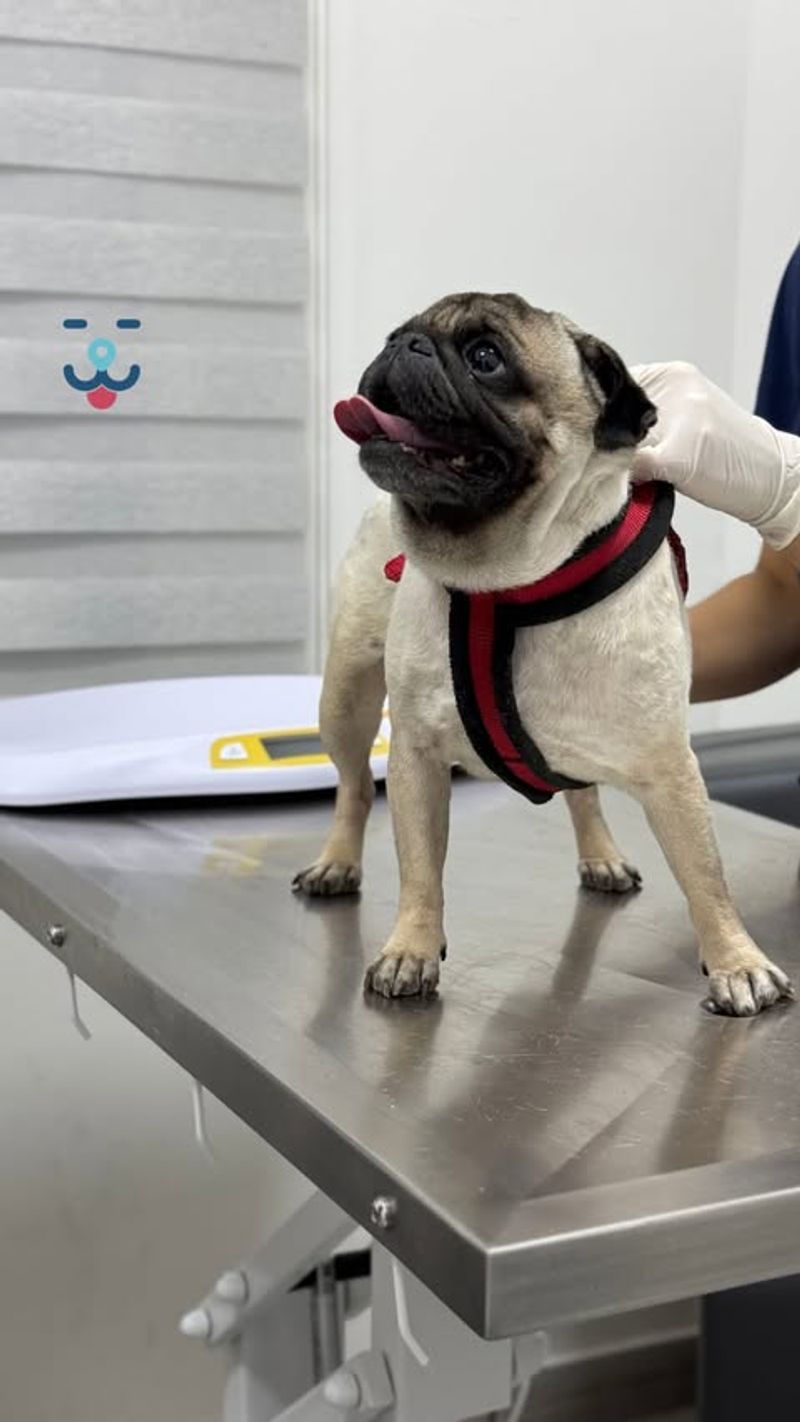
Regular vet visits are essential for monitoring your rescue dog’s health and addressing any underlying issues that may affect their adjustment. Schedule an initial check-up soon after bringing your dog home to assess their overall health and vaccination status.
Discuss any concerns or behavioral changes with your vet, as they can offer valuable insights and recommendations. Regular check-ups help detect potential health problems early, ensuring your dog receives timely care. Maintaining their health through routine visits supports their well-being and enhances their ability to adapt to their new environment.
A healthy dog is more likely to feel comfortable and confident in their new home.
9. Engage In Play And Exercise
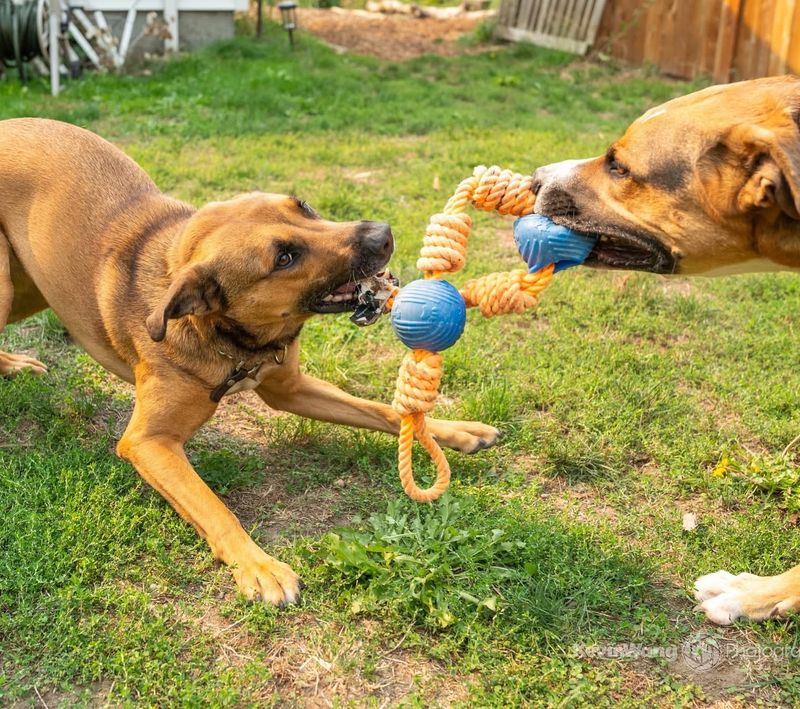
Engaging in regular play and exercise is crucial for a rescue dog’s adjustment and overall well-being. Physical activities help release pent-up energy, reduce anxiety, and strengthen the bond between you and your dog.
Start with simple games like fetch or tug-of-war, gradually introducing more complex activities as your dog becomes comfortable. Regular exercise also supports their physical health, keeping them fit and active.
Adapt activities to suit your dog’s age and energy level, ensuring they are enjoyable and not overwhelming. This engagement fosters trust and confidence, helping your rescue dog feel more at ease in their new environment.
10. Encourage Socialization
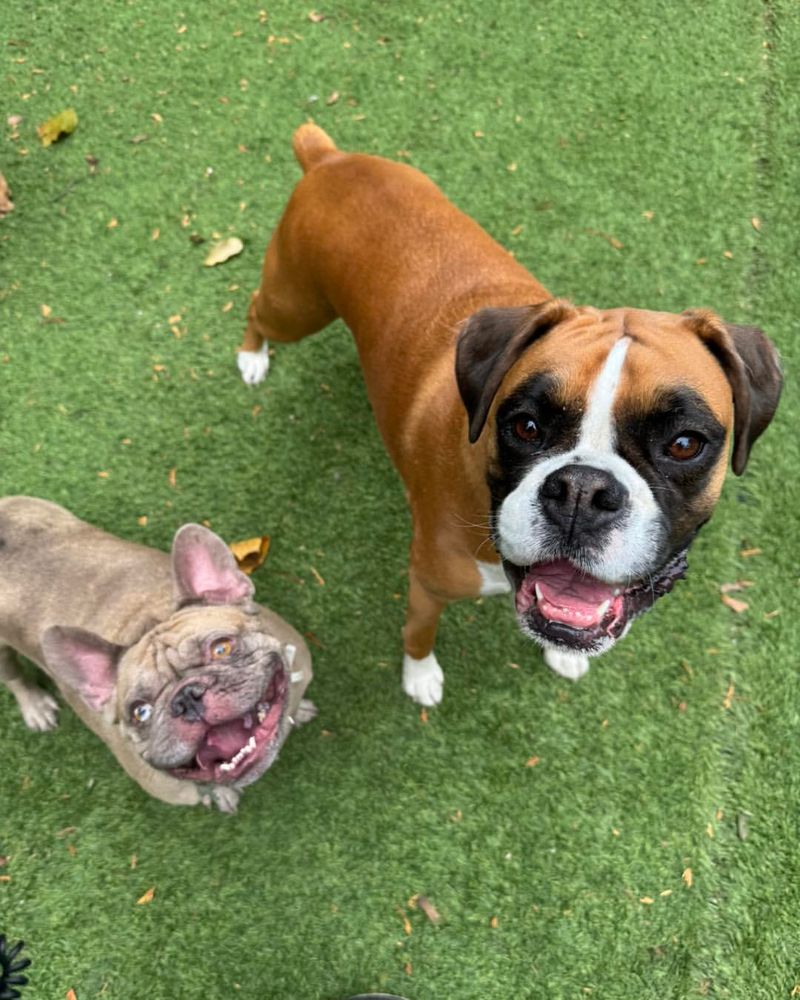
Socialization is a vital part of helping your rescue dog adjust to new surroundings and experiences. Begin by introducing them to other dogs and people in controlled environments, like a quiet park or training class.
Observe your dog’s comfort level and gradually increase exposure as they become more confident. Encourage positive interactions by rewarding calm and friendly behavior with treats and praise.
Socialization helps your dog learn to navigate different social situations, reducing anxiety and fear. With time and patience, your rescue dog will become more adaptable and comfortable around new friends, enhancing their overall quality of life.
11. Be Gentle And Patient

Gentleness and patience are key when helping a rescue dog adjust to their new home. Avoid rushing interactions or forcing your dog into uncomfortable situations. Instead, allow them to approach and engage at their own pace.
Show empathy and understanding, recognizing that past experiences may influence their behavior. Celebrate small victories and progress, no matter how minor they may seem. Building trust takes time, but your patience will be rewarded with a strong and loving bond.
By providing a supportive and gentle environment, your rescue dog will gradually feel more secure and confident in their new home.
12. Offer Mental Stimulation
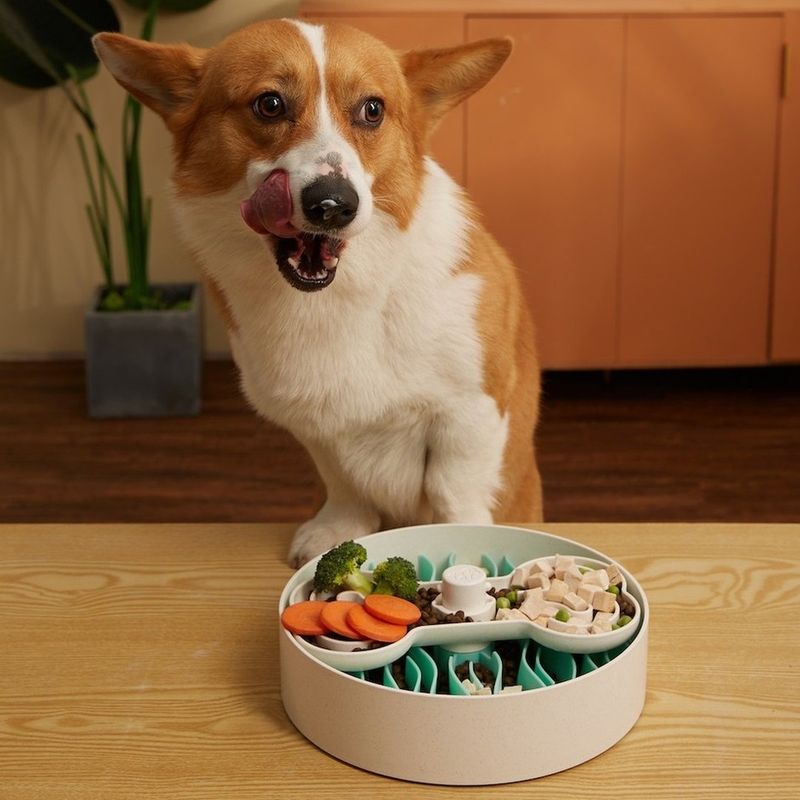
Mental stimulation is an important aspect of helping a rescue dog adjust and thrive in their new environment. Engage their minds with interactive toys, puzzle feeders, and training exercises.
Introduce new challenges gradually, adapting to your dog’s comfort level and interests. This mental engagement reduces boredom and anxiety, promoting a sense of accomplishment and well-being.
Include variety in activities to keep them interesting and enjoyable. Mental stimulation not only strengthens the bond between you and your dog but also supports their overall development and happiness, aiding in their successful adjustment.
13. Avoid Overwhelming Situations

Avoiding overwhelming situations is crucial for a rescue dog’s comfort and adjustment. Be mindful of environments that may be too stimulating, such as crowded events or noisy streets. Instead, introduce your dog to new experiences gradually, starting with calm and controlled settings.
Watching for signs of stress allows you to adjust your approach, ensuring your dog remains at ease. Over time, your dog will build resilience and confidence, becoming more comfortable in diverse situations.
By respecting their boundaries and pace, you foster a sense of security and trust, aiding in their successful transition.
14. Be Consistent with Commands
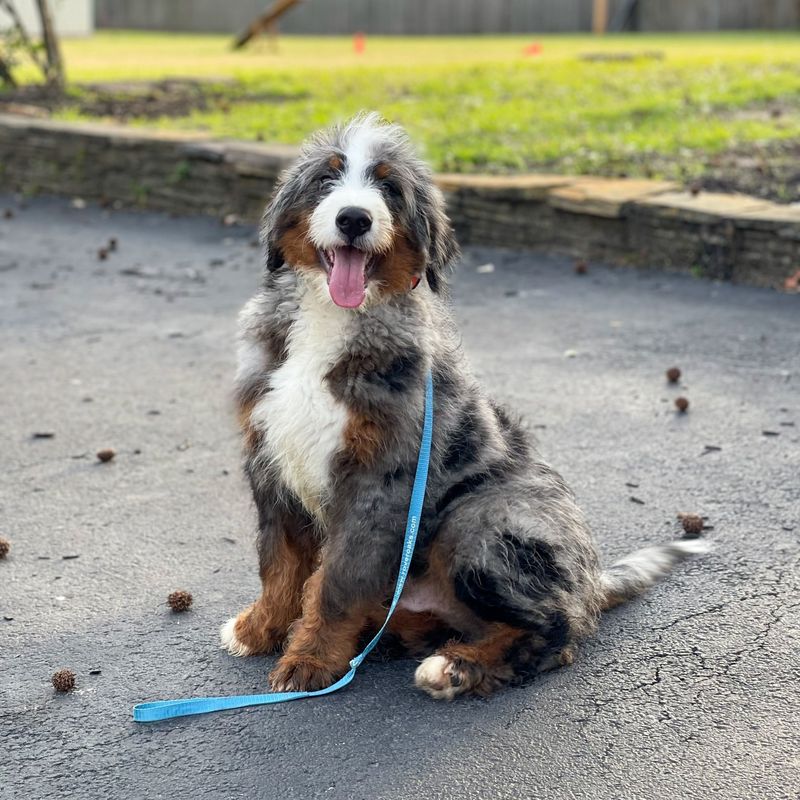
Consistency in commands is essential for helping a rescue dog understand expectations and feel secure in their new home. Use clear and concise commands, ensuring all family members follow the same guidelines.
Avoid changing commands or techniques, as this can confuse your dog and hinder progress. Consistent training reinforces desired behaviors and creates a structured environment.
With time, your dog will respond more readily to commands, understanding their role in the household. This consistency enhances their confidence and supports their adjustment, leading to a harmonious relationship and a happy home.
15. Introduce Gradually To New Pets

Introducing your rescue dog to other pets in the household should be handled with care and patience. Start by allowing them to observe each other from a distance, using barriers like baby gates if necessary.
Supervise all interactions, gradually increasing exposure as they become more comfortable. Monitor body language for signs of stress or aggression, and intervene if needed. Positive reinforcement for calm behavior helps build trust and encourages peaceful coexistence.
With time and patience, your rescue dog will learn to share their space harmoniously, enhancing their adjustment and overall happiness.
16. Keep A Positive Attitude

Maintaining a positive attitude is vital when helping a rescue dog adjust to their new environment. Your energy and demeanor greatly influence your dog’s comfort and confidence. Approach challenges with optimism and patience, celebrating progress and offering reassurance.
Your positive outlook fosters a sense of safety and trust, encouraging your dog to explore and engage. By radiating positivity, you create a nurturing environment where your rescue dog can thrive.
This attitude not only supports their adjustment but also strengthens the bond between you, leading to a harmonious and joyful relationship.
17. Encourage Exploration

This is an important part of helping a rescue dog adjust to their new home. Allow them to safely investigate their surroundings, both indoors and in secure outdoor spaces. Facilitate this exploration by removing hazards and providing supervision.
Encourage curiosity with toys or treats, making the process enjoyable and stress-free. Exploration helps your dog familiarize themselves with their environment, boosting confidence and reducing anxiety.
This freedom to explore encourages a sense of belonging and supports their adjustment, allowing them to feel truly at home.
18. Provide Love And Affection

Love and affection are foundational to helping a rescue dog adjust and thrive in their new environment.
Show your dog that they are valued and cherished through gentle touch, kind words, and attentive care. Affection strengthens your bond and builds trust, making your dog feel secure and loved. Balance this with respect for their boundaries, allowing them to seek affection at their own pace. Your consistent love and care provide a sense of stability and reassurance.
This nurturing approach supports your rescue dog’s emotional well-being, guiding them towards a happy and fulfilling life with you.
19. Celebrate Their Unique Personality
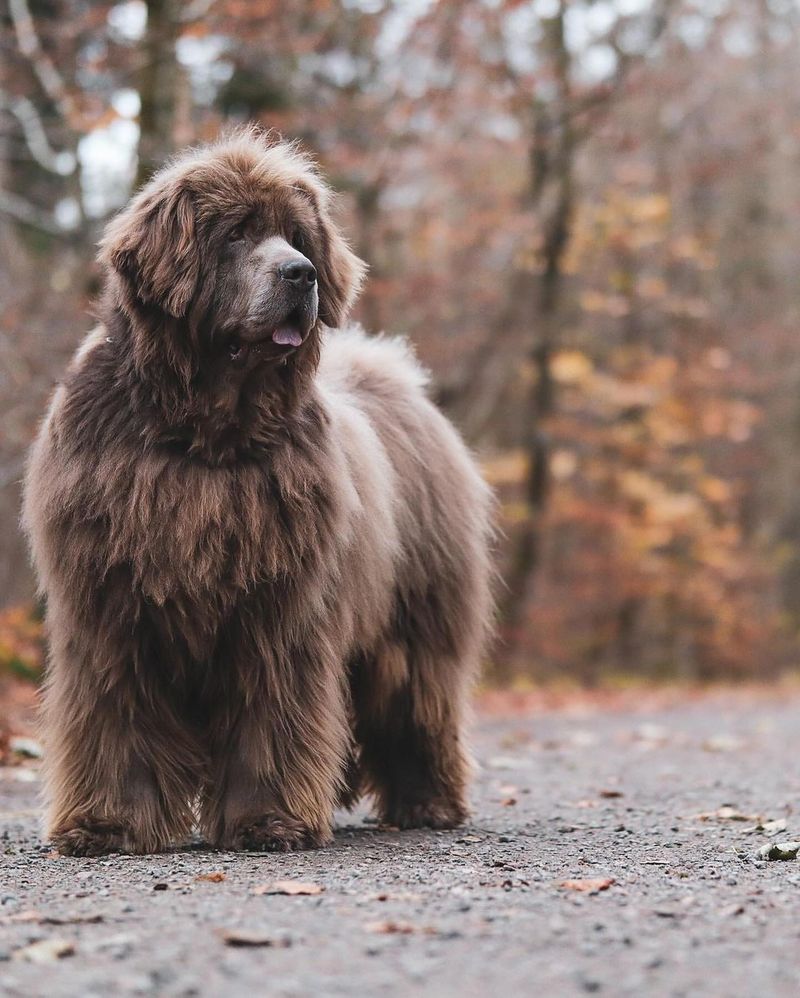
Celebrating your rescue dog’s unique personality is an essential part of helping them adjust and feel at home. Recognize their individual quirks and traits, appreciating what makes them special. Encourage their natural behaviors and preferences, providing opportunities for self-expression.
This acceptance fosters a sense of belonging and enhances their confidence and well-being. By embracing their uniqueness, you create a nurturing environment where your dog can thrive.
This approach strengthens your bond and ensures a joyful and fulfilling life together, filled with love and mutual respect.

